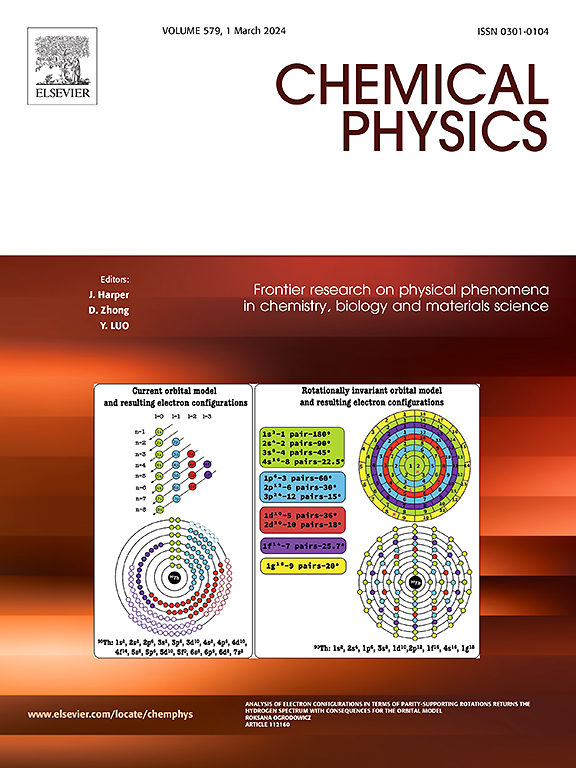用ni掺杂MoS2检测分解气体:第一性原理DFT计算
IF 2
3区 化学
Q4 CHEMISTRY, PHYSICAL
引用次数: 0
摘要
该模拟研究描述了第一性原理密度泛函理论(DFT)计算,以研究镍掺杂二硫化钼(Ni-MoS2)作为气体传感器的潜力。主要目标是确定用于气敏应用的最佳二维过渡金属二氯化物(2D-TMD)材料,用于检测六氟化硫(SF6)的分解气体,以识别气体绝缘开关设备(GIS)的内部故障。通过研究Ni-MoS2的结构、电学和传感性能,证明了其检测分解气体的有效性。这些发现为Ni-MoS2气敏的基本机制提供了有价值的见解,为开发更高效的气敏技术提供了指导。结果表明,Ni-MoS2是检测SF6三种典型分解气体SO2、SOF2和SO2F2的理想材料。本研究建立了Ni-MoS2材料实验模拟的概念框架,并提出了提高SF6分解气敏性能的建议。本文章由计算机程序翻译,如有差异,请以英文原文为准。

Detecting decomposition gases with Ni-doped MoS2: A first-principles DFT calculation
This simulation study describes first-principles density functional theory (DFT) calculations to investigate the potential of nickel-doped molybdenum disulfide (Ni–MoS) as a gas sensor. The primary objective is to determine the optimal two dimensional transitional metal dichalcogenide (2D-TMD) material for gas sensing applications for detecting the decomposition gases of sulfur hexafluoride (SF) to identify internal faults in gas-insulated switchgear (GIS). By examining the structural, electrical, and sensing properties of Ni–MoS, the effectiveness in detecting decomposition gases is demonstrated. The findings provide valuable insights into the fundamental mechanisms of gas sensing in Ni–MoS, offering guidance for the development of more efficient gas sensing technologies. The results indicate that Ni–MoS is a promising material for detecting of three typical SF decomposition gases SO, SOF and SOF. This study establishes a conceptual framework for experimental simulations of Ni–MoS materials and concludes with recommendations for enhancing SF decomposition gas sensing performance.
求助全文
通过发布文献求助,成功后即可免费获取论文全文。
去求助
来源期刊

Chemical Physics
化学-物理:原子、分子和化学物理
CiteScore
4.60
自引率
4.30%
发文量
278
审稿时长
39 days
期刊介绍:
Chemical Physics publishes experimental and theoretical papers on all aspects of chemical physics. In this journal, experiments are related to theory, and in turn theoretical papers are related to present or future experiments. Subjects covered include: spectroscopy and molecular structure, interacting systems, relaxation phenomena, biological systems, materials, fundamental problems in molecular reactivity, molecular quantum theory and statistical mechanics. Computational chemistry studies of routine character are not appropriate for this journal.
 求助内容:
求助内容: 应助结果提醒方式:
应助结果提醒方式:


